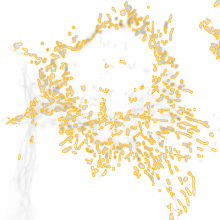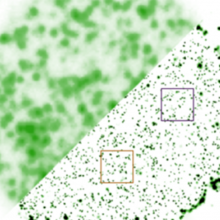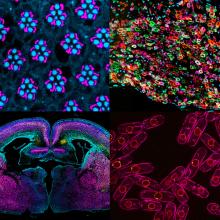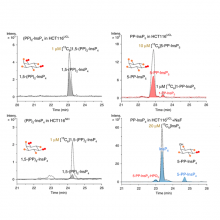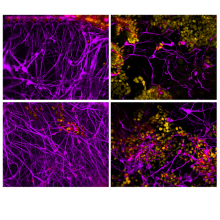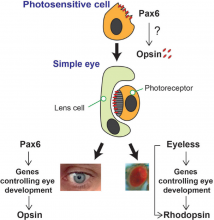Publication in Cardiology Research for Kriston-Vizi and Ketteler
A new study by Kalkhoran et al, published in Cardiology Research, shows hydralazine, a drug used to treat patients with hypertension and chronic heart failure, can reduce heart attack size and heart muscle cell death by inhibiting mitochondrial fission.
Applications to the LMCB Molecular Cell Biology PhD Programme are open
Applications to the LMCB Molecular Cell Biology PhD Programme for 2021 entry are OPEN. For futher information, look here.
Rob de Bruin appointed new Faculty of Life Sciences Vice-Dean of EDI
We are delighted to announce Rob de Bruin has been appointed the new UCL Faculty of Life Sciences Vice-Dean of EDI.
Giulia Paci awarded EMBO Fellowship
We are delighted to announce Giulia Paci has been awarded an EMBO Fellowship.
Agathe Chaigne awarded inaugural BSCB Postdoctoral Researcher Medal
We are delighted to announce Agathe Chaigne has been awarded the inaugural BSCB Postdoctoral Researcher Medal, for her work on the role of cell division in fate transitions, using mouse embryonic stem cells.
Andela Saric is selected as EMBO Young Investigator 2020
We are delighted to announce Andela Saric has been selected as EMBO Young Investigator.
Collaborative publication in Nature Communications for Saiardi Lab
Feature Article in The Biochemist for Pichaud Lab
Among the many eyes that have evolved on Earth, the insect compound eye is the most abundant. Its crystal-like lattice structure is a feat of engineering that has evolved over millions of years, and is exquisitely adapted to detect moving objects and discriminate colours. This enables many behaviours, including foraging for food, finding a mate and avoiding predators.
 Close
Close


